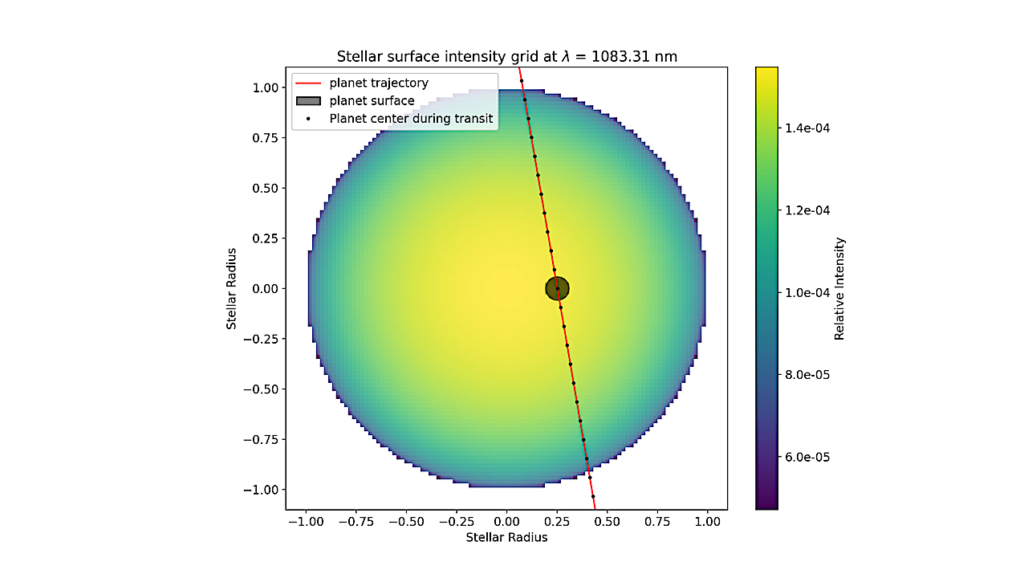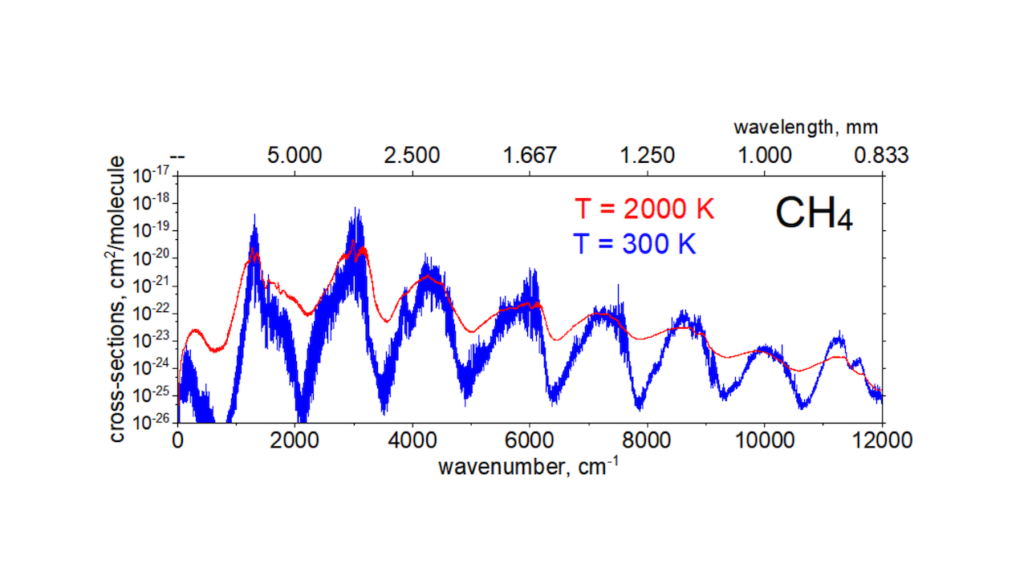Investigating Sulfur Chemistry In The HD 163296 Disk

Sulfur chemistry in the formation process of low-mass stars and planets remains poorly understood. The protoplanetary disks (PPDs) are the birthplace of planets and its distinctive environment provides an intriguing platform for investigating models of sulfur chemistry.
We analyzed the ALMA observations of CS 7-6 transitions in the HD 163296 disk and perform astrochemical modeling to explore its sulfur chemistry. We simulated the distribution of sulfur-containing molecules and compared it with observationally deduced fractional column densities.
We have found that the simulated column density of CS is consistent with the observationally deduced fractional column densities, while the simulated column density of C2S is lower than the observationally deduced upper limits on column densities. This results indicate that we have a good understanding of the chemical properties of CS and C2S in the disk. We also investigated the influence of the C/O ratio on sulfur-containing molecules and found that the column densities of SO, SO2, and H2S near the central star are dependent on the C/O ratio.
Additionally, we found that the N[CS]/N[SO] ratio can serve as a promising indicator of the disk’s C/O ratio in the HD 163296. Overall, the disk of HD 163296 provides a favorable environment for the detection of sulfur-containing molecules.
Rong Ma, Donghui Quan, Yan Zhou, Jarken Esimbek, Dalei Li, Xiaohu Li, Xia Zhang, Juan Tuo, Yanan Feng
Comments: 16 pages, 7 figures
Subjects: Earth and Planetary Astrophysics (astro-ph.EP); Solar and Stellar Astrophysics (astro-ph.SR)
Cite as: arXiv:2406.07896 [astro-ph.EP] (or arXiv:2406.07896v1 [astro-ph.EP] for this version)
https://doi.org/10.48550/arXiv.2406.07896
Focus to learn more
Submission history
From: Rong Ma
[v1] Wed, 12 Jun 2024 06:01:37 UTC (2,706 KB)
https://arxiv.org/abs/2406.07896
Astrobiology








